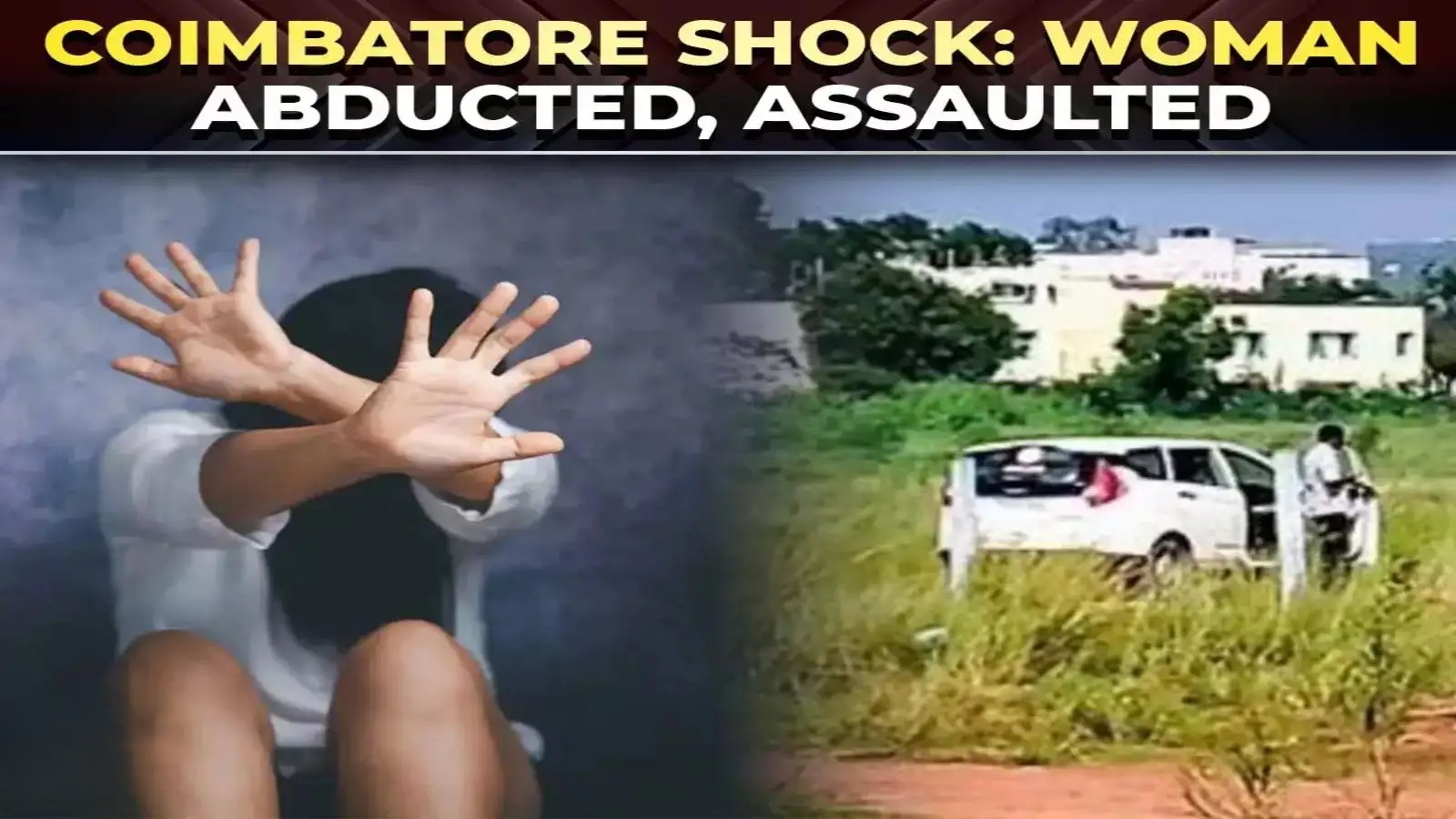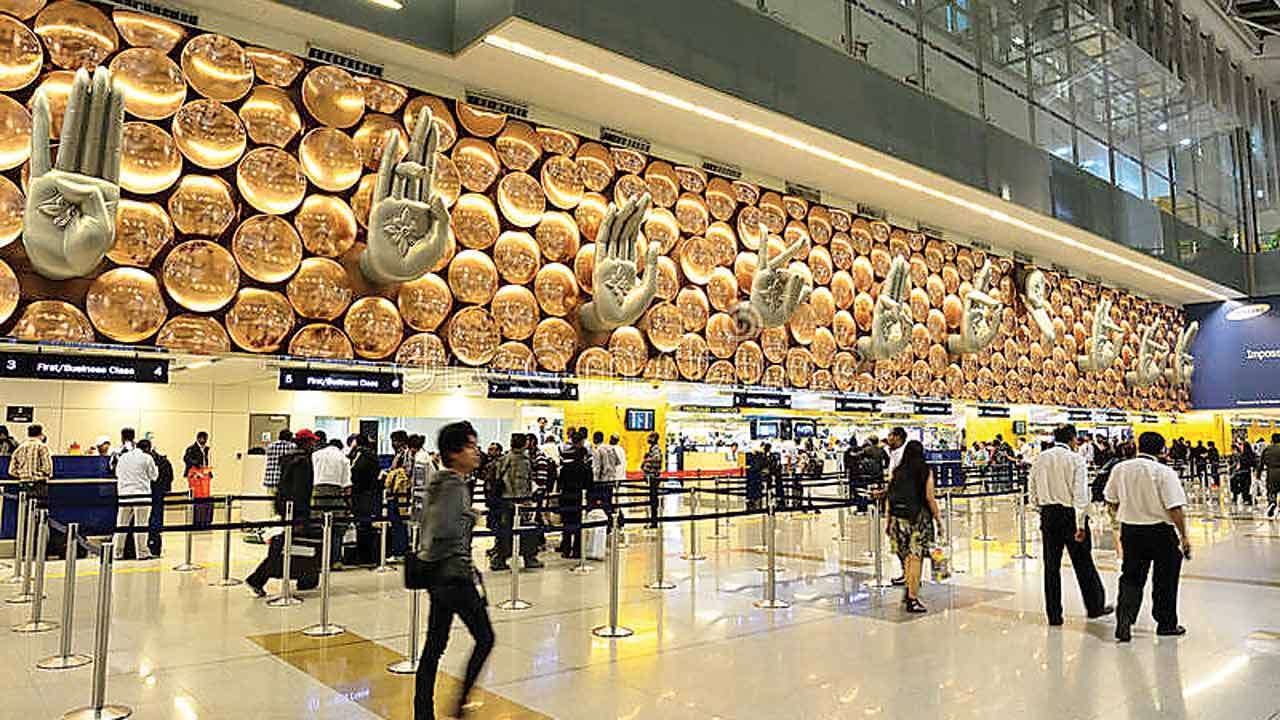1. Introduction
A shadow of terror has been cast over Coimbatore following a savage attack that has shattered the community’s trust. The abduction of a 20-year-old student from the perceived safety of a car, her subsequent gang-rape, and the assault on her companion have become a grim testament to a failing social contract. While three suspects were quickly cornered and arrested, the incident has unleashed a torrent of public anguish, forcing a painful reckoning on the realities of violence and the promise of protection that has been broken.
2. The Incident
Time, Place, Victims
On the night of Sunday, November 2, 2025, the victim, a 20-year-old first-year postgraduate student residing in a hostel in Coimbatore, along with her boyfriend, drove to a quiet stretch behind the airport area (near Brindhavan Nagar, behind Coimbatore International Airport) for a casual outing. Around 10:30–11:00 pm, three men on a stolen two-wheeler moped approached the parked car, smashed the windshield, dragged the boyfriend out, and beat him with stones and sticks. The couple were then separated; the woman was forcefully taken to a shed or secluded area about a kilometre away, where she was gang-raped and left abandoned around 4 am. The boyfriend, grievously injured—reportedly needing 28 stitches in his head—managed to drive the damaged car toward the airport road and alert passersby.
Abduction and Assault
The three men are believed to have stolen the moped earlier that evening from the Kovilpalayam area. They exploited the darkness and relative isolation of the area behind the airport, which lacked sufficient lighting and camera-coverage.
The victim was found by police early Monday morning in a traumatised state, and admitted to a private hospital; her condition was stable but she remained under trauma. The boyfriend was admitted to a medical college hospital.
Investigation Begins
The local police station, Peelamedu Police Station, registered a case under relevant sections for kidnapping, sexual assault, rape, and gang rape. Seven special teams were formed to trace the suspects and collect evidence.
Despite collecting some 200 CCTV footage clips from Kovilpalayam to Sitra, the police were unable initially to identify the suspects because the images were unclear—reflections, darkness and missing facial features hampered identification.
3. Arrests & Encounter
Police swiftly tracked the three suspects to a hideout near Vellakinaru. Identified as Guna, Karuppasamy, and Karthik—construction workers from Sivaganga—the men turned violent when cornered, allegedly lunging at officers with sickles and injuring a head constable. Forced to retaliate, police used precise leg shots to neutralize the threat and make the arrest. The accused are currently receiving medical treatment under police watch, pending their formal arraignment.
4. Key Issues and Alarming Lapses
Lack of Surveillance / Poor Lighting
The brutality claimed a stage of deliberate neglect: the lightless, forgotten lanes of Brindhavan Nagar, a void behind the airport’s bustle. In this planned darkness, the city’s mechanical sentinels—the CCTV cameras—were rendered sightless. For senior police, this infrastructural betrayal is the heart of the failure. The chilling fact that “cameras failed to capture faces” is more than an investigative dead end; it is the system’s own confession of its emptiness, a promise of security that proved to be a mirage.
Isolation & Risky Location
Though near a major airport, the stretch where the couple parked was deserted at night, which the perpetrators exploited. The area is reportedly known for anti-social activities and the presence of unauthorized liquor outlets and labour clusters — factors that raise risk.
Victim’s Inability to Identify Suspects
When the police showed the victim a lineup of roughly 60 mug-shots of previously known criminals in the area, she could not identify any of the accused. This adds complexity to prosecution and shows how criminals exploit anonymity and darkness.
Wider Women’s Safety Concerns
Political parties, women’s rights groups and residents have expressed outrage at the incident. The case has reignited debates about the safety of women in Tamil Nadu, and particularly around supposedly “safe” urban public spaces.
5. Reactions & Demands
A firestorm of condemnation has engulfed the state government, with opposition parties holding Chief Minister M. K. Stalin’s administration directly accountable for a perceived security collapse. They are demanding not just answers, but a wholesale hardening of the state’s protective shell. Meanwhile, the advocacy from women’s organizations is precise and urgent: a civic shield woven from light, surveillance, and constant patrols to reclaim public space. The abstract anger found a physical target when NTK activists, in a burst of vigilante fervor, laid waste to an illegal bar, branding it a poison in the community’s veins.
6. What Needs to Happen Next
Swift, Transparent Investigation
Authorities must ensure a transparent, victim-sensitive investigation: full medical examination of the survivor, chain of custody of evidence, forensic forensic data from the crime scene, the vehicle, the moped, tyre-marks, the shed where the crime took place, and all possible CCTV feeds and mobile-tower data. The suspects should be brought before a court without delay.
Infrastructure & Surveillance Upgrade
Street-lights, CCTV cameras with clear image capture, especially in public parking spots and isolated stretches, are essential. Areas near transport hubs (airports, stations) must have enhanced coverage.
Safe Night Zones & Women’s Safety Measures
Institutions (colleges, hostels) must ensure safe transport, companion-systems, designated well-lit parking & drop-points. Public authorities must enforce patrolling at night, especially in places prone to anti-social activity.
Awareness & Community Engagement
Our response must be to weave a tighter web of protection. This involves championing buddy systems and clear safety playbooks for students, while ensuring emergency helplines and protocols are visible and viable. Furthermore, we must cultivate a community that acts as its own first line of defense—a network of watchful eyes trained to notice the slightest ripple of suspicion in our shared spaces, especially those that feel isolated or unsafe.
Accountability & Policy Framework
The state must now answer a damning question: were there sirens that went unheard, complaints that were filed and forgotten? There must be a reckoning for this blindness. Furthermore, our urban planning needs an immediate ethical overhaul—we must erect clear boundaries to shield our most vulnerable from the predictable dangers that can fester around liquor outlets. This case hammers home a final, critical truth: our courtrooms must be transformed into sanctuaries for survivors, where the path to justice is swift, supported, and dignifies their trauma at every step.










